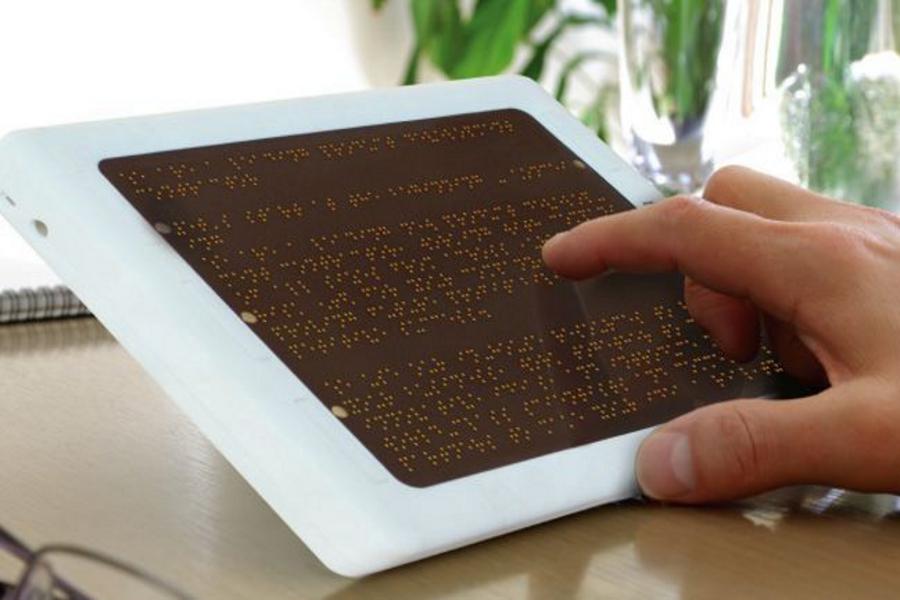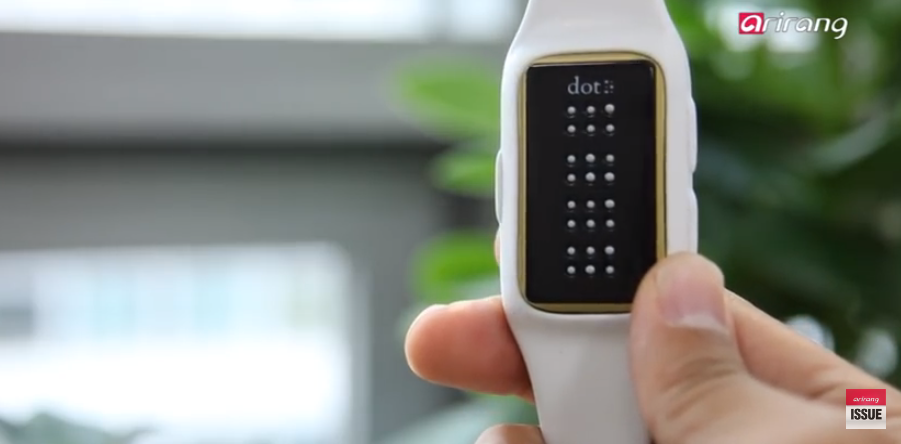Mobility Aids for Visually Impaired Users: Navigating the World with Confidence
Mobility Aids for Visually Impaired Users: Navigating the World with Confidence
Blog Article
Enhancing Lives With Advanced Assistive Instruments for the Blind
The integration of advanced assistive gadgets for the blind is transforming just how people experience their environments and engage with their areas. What does this advancement mean for the future of assistive modern technology and its role in empowering people?
Introduction of Assistive Tools
Assistive devices for the blind incorporate a diverse series of technologies and devices created to enhance self-reliance and improve the lifestyle for people with aesthetic impairments. These devices satisfy various needs, from navigation and movement to communication and daily job monitoring.
One of the main categories of assistive devices includes wheelchair aids, such as white canes and guide canines, which help users browse their environments securely. Electronic travel help, furnished with sensing units and audio responses, likewise play a considerable role in wheelchair enhancement.
In addition, tools that help with daily living activities, such as adaptive cooking area devices, Braille tags, and speaking watches, empower people to carry out tasks independently. Communication aids, consisting of display readers and Braille screens, help with access to information and allow people to engage successfully with the electronic globe.
In addition, low-tech options like multiplying glasses and large-print products stay vital for numerous users. Collectively, these assistive tools offer not only as practical devices but likewise as vital enablers of autonomy, promoting higher involvement in a world that commonly focuses on sighted experiences. Their integration into every day life is essential for promoting inclusivity and boosting general wellness for those with aesthetic problems.
Ingenious Technologies being used
Technology in technology has considerably changed the landscape of tools readily available for people with aesthetic impairments. Amongst one of the most noteworthy improvements are clever glasses incorporated with enhanced fact, which give real-time navigation aid and item recognition. These tools utilize advanced cams and fabricated intelligence to deliver acoustic hints, improving the customer's spatial understanding and freedom.
In addition, mobile applications have actually emerged as effective resources, allowing individuals to determine money, reviewed message aloud, and browse strange atmospheres with verbal instructions. Devices such as Braille screens and refreshable Braille tools continue to progress, supplying seamless connectivity with smartphones and computers, thereby improving communication and access to details.
Wearable technology, consisting of smartwatches furnished with voice-activated functions, even more encourages individuals by promoting fast accessibility to notifications and signals without calling for visual involvement. Tactile maps and 3D printing are also gaining grip, offering tangible representations of areas that help in orientation and wheelchair training.
Jointly, these cutting-edge technologies not just boost the daily lives of visually damaged individuals yet additionally foster higher independence, inclusivity, and engagement with the broader area, therefore improving assumptions of access. (Mobility aids for visually impaired users)
Individual Stories of Empowerment
Empowerment usually emerges from personal experiences that highlight the transformative effect of modern technology on individuals with visual problems. Take, for circumstances, the story of Sarah, a young artist who restored her passion for paint through using a clever walking stick geared up with barrier detection. This gadget not only facilitated her mobility however instilled a newfound self-confidence, enabling her to browse public spaces separately and seek her creative undertakings.

These narratives emphasize the extensive results that progressed assistive tools can carry day-to-day live. By allowing people to overcome barriers, childrens glasses technology cultivates a sense of freedom and self-respect. Such empowerment tales work as a testimony to the potential of development, showing just how the right devices can considerably enhance quality of life and open doors to new opportunities for those with visual problems.
Advantages of Advanced Solutions
The assimilation of cutting-edge technology into assistive gadgets substantially transforms everyday experiences for those impacted by vision loss. Assistive technology for the blind. Devices such as clever canes furnished with sensing units, navigating applications, and wearable modern technology are designed to offer real-time responses, improving spatial recognition and lowering the threats linked with mobility.
Furthermore, advanced assistive modern technologies foster social inclusion by assisting in interaction and communication. Voice-activated devices and applications allow individuals to gain access to information and involve with their environments independently, damaging obstacles that formerly prevented their engagement in instructional, professional, and social setups.
Furthermore, the customization and flexibility of these remedies cater to the diverse requirements of individuals, thus boosting their general lifestyle. Boosted performance, such as object acknowledgment and text-to-speech abilities, encourages individuals with aesthetic impairments to execute tasks that they might have as soon as located challenging. Inevitably, progressed assistive innovations not just enhance self-reliance and security however likewise promote self-respect and self-worth, enabling users to lead satisfying lives.
Future Patterns in Assistive Tech
As technology continues to develop, the landscape of assistive gadgets for the blind is positioned for impressive improvements that will certainly better enhance access and self-reliance. Emerging trends in assistive innovation indicate a change towards enhanced integration of man-made intelligence (AI) and equipment discovering, enabling gadgets to adjust to private customer requires in real-time. These innovations are expected to help with more user-friendly navigation systems that can recognize barriers and give audio comments, substantially boosting outside flexibility.
Furthermore, the growth of wearable technology, such as clever glasses furnished with enhanced truth, will certainly allow customers to obtain contextual details regarding their environments, thereby improving their spatial awareness. Advancements in haptic technology promise to produce tactile comments gadgets, permitting users to more info here view info with touch, boosting learning and interaction with their atmosphere.
Telecommunication developments are also leading the way for remote help services, where qualified specialists can offer assistance using video phone calls, guaranteeing assistance is conveniently easily accessible. As these trends unravel, the future of assistive devices for the blind will certainly cultivate greater freedom, empowering people to browse their world with self-confidence and convenience.

Conclusion
The integration of innovative assistive tools for the blind stands for a considerable advancement in cultivating independence and improving top quality of life. By making use of cutting-edge innovations, these gadgets equip users to browse their atmospheres with higher self-confidence and autonomy. As the field remains to develop, continuous research and growth will likely produce much more innovative remedies, further transforming the lived experiences of individuals with visual impairments and advertising a higher sense of inclusion within culture.
The integration of advanced assistive tools for the blind is changing how people experience their environments and interact with their communities. The assimilation of advanced innovation right into assistive devices considerably changes everyday experiences for those impacted by vision loss.As modern technology proceeds to evolve, the landscape of assistive gadgets for the blind is poised for impressive innovations that will additionally enhance ease of access and self-reliance. Arising trends in assistive innovation show a shift toward increased combination of fabricated knowledge (AI) and device knowing, allowing tools to adapt to individual user requires in real-time.The combination lens care of innovative assistive gadgets for the blind stands for a significant advancement in fostering self-reliance and boosting high quality of life.
Report this page